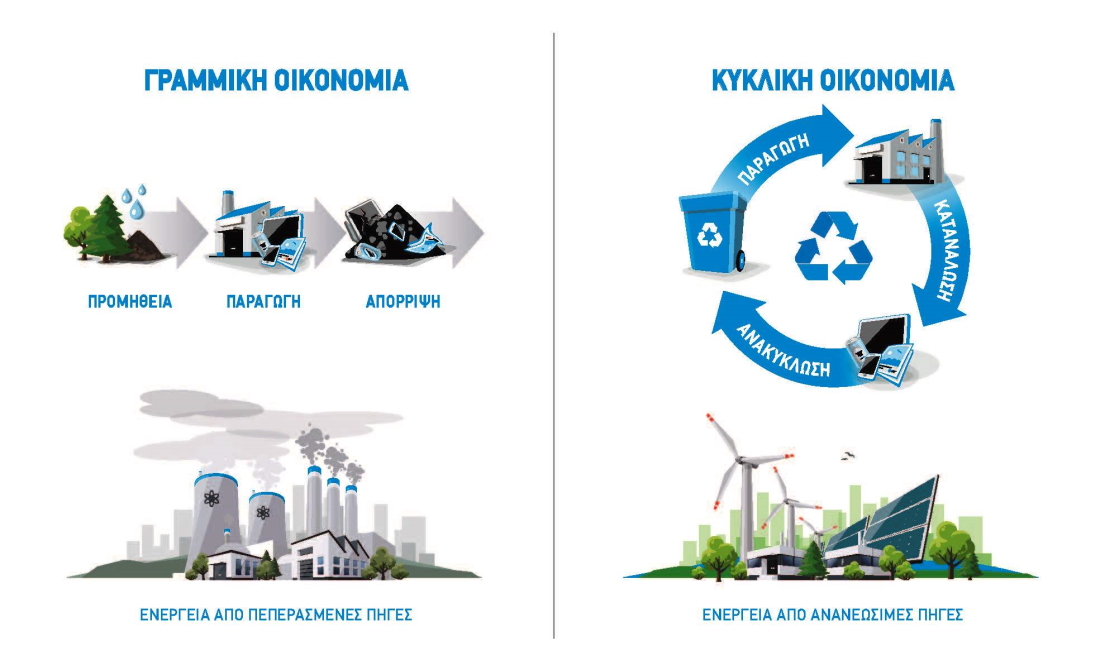
The European Commission has approved, in accordance with the European Union's State aid rules, Greece's map for the granting of regional aid from 1 January 2022 to 31 December 2027 under the Revised Regional Aid Guidelines ("RAG"). ).
In the context of the revised KGPE and in accordance with the rules of the E.U. for state aid, Member States are allowed to support the most disadvantaged European regions to close the gap and reduce disparities in terms of:
- economic well-being
- income and unemployment
Cohesion objectives at the heart of the Union.
The revised CPGs, approved by the Commission on 19 April 2021 and entered into force on 1 January 2022, also provide increased possibilities for Member States to support the Regions which face transitional or structural challenges, such as population decline, to fully contribute to green and the digital transition.
At the same time, the revised FTAs retain strong safeguards to prevent member states from using public money to encourage the relocation of jobs from one EU member state to another. Which is essential for fair competition in the single market.
The regional map of Greece defines the Greek Regions that are eligible for regional investment aid. The map also sets out the maximum aid intensities in the eligible regions. The aid intensity is the maximum amount of state aid that can be granted per beneficiary. It is expressed as a percentage of eligible investment costs.
The Regions where the State aid will take place
Within the framework of the revised Regional Development Plans, Regions covering 82.34% of the population of Greece will be eligible for regional investment aid twelve Regions:
- North Aegean
- Southern Aegean Sea
- Crete
- Eastern Macedonia
- Thrace
- Central Macedonia
- Western Macedonia
- Epirus
- Thessaly
- Ionian Islands
- West Greece
- Central Greece
- Peloponnese
These Regions are among the most disadvantaged regions of the EU. GDP per capita is below 75% of the EU average.
These areas are eligible for aid under Article 107(3)(a) TFEU (so-called 'a' areas), with maximum aid intensities for large enterprises between 30% and 50%, depending on the GDP per capita of the respective area "a". Evrytania, which belongs to Central Greece, is also eligible as a sparsely populated area with less than 12.5 inhabitants per kilometer. In sparsely populated areas, Member States may use operating aid schemes to prevent or reduce population decline.
In order to deal with regional disparities, Greece defined as so-called non-predetermined areas "c" the Regions:
- Western Sector of Athens
- East Attica
- Western Attica
- Piraeus, Islands
The maximum intensities from state aid for large businesses in the region Western Sector of Athens is 15%. The other "c" areas mentioned above bordering on 'a' areas. For that reason, the aid intensity in these regions was increased to 25 %. The result is the difference in the intensity of the aid with the border areas "a" to limited to 15 percentage points.
The next steps
Greece has the possibility to further define so-called non-predetermined "c" areas (up to a maximum of 1.16 % of the national population). The specific characterization of these areas may be carried out in the future and will lead to strict amendments to the approved regional aid map.
In all the above areas, maximum State aid intensities can be increased by 10 percentage points for investments made by medium-sized enterprises and by 20 percentage points for investments by small enterprises, for their initial investments with eligible expenses up to 50 million euro.
Once a future territorial just transition plan is in place under the Just Transition Fund Regulation, Greece has the possibility to notify the Commission amendment of the approved regional aid map, in order to apply possible increase in maximum amplification intensity in the future Just Transition areas, as defined in the revised KGPE for the "a" areas.




